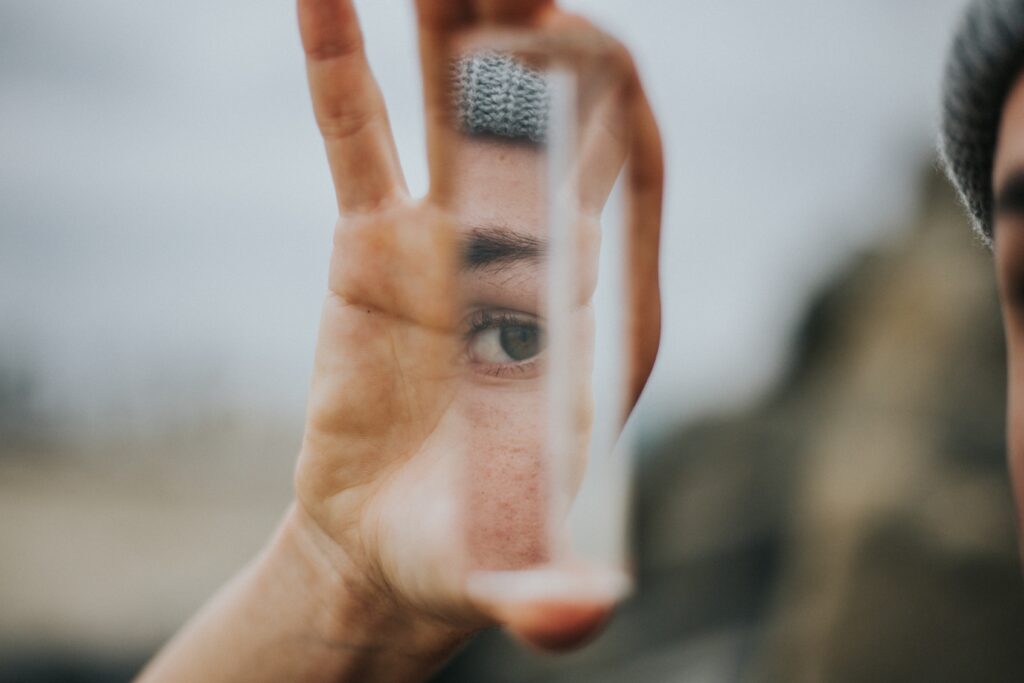This post may contain affiliate links which means Brenda Dintiman may receive a commission from purchases made through links. Brenda Dintiman will only recommend products that she has personally used. Learn more here: Privacy Policy
It’s IPL season! Shorter days and cooler weather make it the perfect time to treat brown spots, signs of sun damage, and broken blood vessels with IPL (intense pulsed light). This is a quick and easy laser treatment with minimal pain or downtime. Here are some tips to get the best results from IPL:
- Make sure you are wearing tinted mineral sunscreen. IPL works best when your skin has little to no suntan, and you must use extra sun protection for 1-2 weeks before and after your session. And even long after your treatment, wearing a tinted mineral sunscreen daily will prevent the formation of new brown or red spots and slow down photoaging. We recommend Alastin or Bright Girl tinted mineral sunscreen for their light texture and broad-spectrum protection.
- Supplement IPL with other skin-restoring treatments. If you have especially stubborn spots of pigmentation, a chemical peel or microneedling will work with the IPL to help turn over the skin and fade the pigment faster. Adding a Diamond Glow facial two weeks after IPL can help break up the “pepper flakes” of pigment produced by the laser, as well as plump and hydrate the skin.
- Time your treatments appropriately. We recommend booking IPL treatments one month apart, giving the skin time to heal and the pigment time to fade between each session. Most people need 2-3 sessions. By starting in the fall, you can ensure that you complete your treatments in time for warmer, brighter spring days.
- Address the underlying causes of your pigmentation. Broken blood vessels are often caused by rosacea flushing, while dark spots on the face can be caused by scarring from acne or other inflammatory skin conditions. As an experienced medical and cosmetic dermatologist, Dr. Dintiman can help you craft a treatment plan to manage both unwanted pigmentation and the skin conditions that contribute to it.

